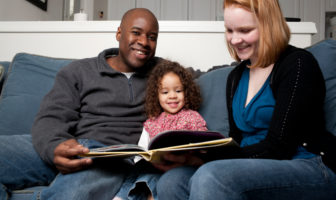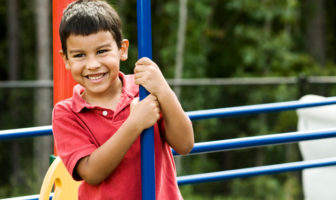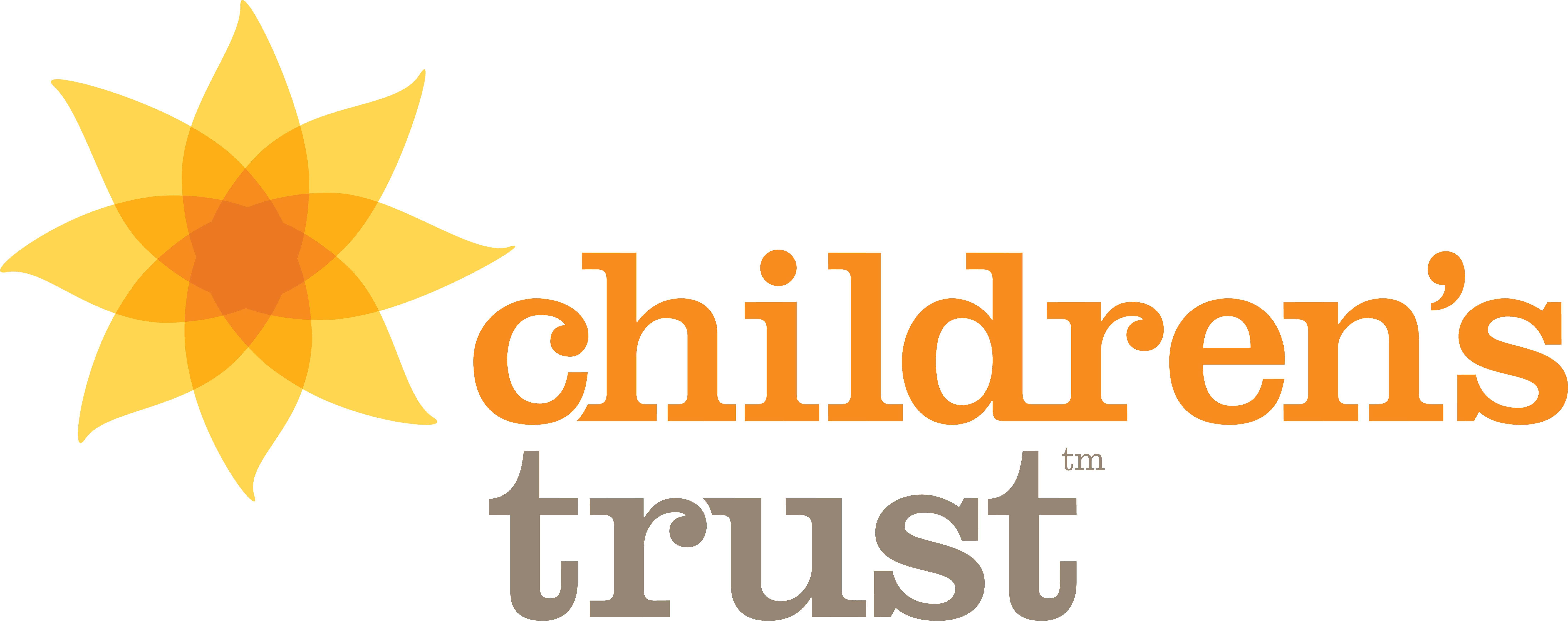Check out this list of favorite books for Black History Month (and anytime!) from Reading Rockets. Some describe different histories while others show the joys and challenges that are shared by all children as they learn and grow.

Baby Sign Language: 15 Signs to Know
Communicating with your baby can be difficult; as they are unable to verbalize what they need or want, it’s easy for both baby and parent to become frustrated and upset. To help prevent those meltdowns, a great alternative to look into is to teach your little one Baby Sign Language, a simplified version of American Sign Language or ASL.
Baby sign language can start to be taught to children starting at 6 months, with their commutative response occurring closer to 8 and 9 months. Sign language is a great way to communicate not only for young children but also for children with learning disabilities who may also not be able to verbalize themselves as well.
Teaching your little one sign language has shown to have real benefits in cognitive development and learning. Not only is it shown to help develop language skills earlier on, it can also benefit attention skills, potentially increase confidence and self esteem, and create a wonderful bonding experience for parent and child. For more information on benefits from learning Baby Sign, see here.
The easiest way to teach your little one sign language is through interactive play, meaning when you want to sign a word, make sure to have your baby’s full attention, using the object while simultaneously signing and saying the word. Check out this website for more helpful tips on teaching your baby sign language.
15 Signs to Know:
- Thirsty: The sign for “thirsty” starts with your index finger in a straight line, starting under your chin and moving down towards your stomach, like your tracing the path water goes down when you swallow.
- Hungry: To show the sign “hungry,” form your hand into a C shape starting at your neck, and move it down to your stomach, following the same path as thirsty.
- Play: The sign for “play” is a fun one; close your fists facing yourself with your pinkies and thumbs extended, and twist your wrists back and forth.
- Sleep: Bring your hand to your face and start with your palm open, facing yourself. Bring your hand down in front of your face, and once it reaches your chin, and close it in a pinch, similar to a crab claw, while also shutting your eyes.
- Mom: Start with your hand extended, thumb on your chin and pinky facing out. Tap your chin with your thumb a couple times.
- Dad: Similar to “Mom,” Dad also begins with your extended hand, however instead of placing your thumb on your chin, place it in the middle of your forehead. The motion is the same as before here; tap your thumb to your forehead twice, with pinky extended.
- Help: The sign for “help” requires two hands. With one hand, create a fist with your thumb up and vertical, and your other hand should be flat with palm up. Place your fist on your flat palm, and in one motion bring them both from your stomach area up and away from your chest.
- Thank you: To teach your baby “thank you,” bring your hand extended to your chin, and bring your fingers forward and away. The motion is similar to you blowing a kiss, however you start at your chin and do not blow the actual kiss.
- Please: To sign “please,” place your palm flat on your chest with fingers extended and rub in a circle.
- Sorry: Signing “sorry” is very similar to “please,” however instead of having your palm flat with fingers extended, your hand is instead in a fist with your thumb outside, and rubbing in the same similar circle motion.
- I love you: “I love you,” in sign language is actually very simple; extend your index finger, pinky, and thumb while keeping your middle and ring finger down. Hold your hand out, waving it back and forth a little with the palm facing away from you, similar to a “rock on” movement.
- Hurt: Make a fist with both hands, having only your index fingers extended. Point the index fingers together and twist back and forth, and position the sign in the area that is in pain.
- All done/No more/Finished: Using both hands, hold them up on either side of your face a little bit away from your body, palms facing towards you. In a simple and swift motion, turn your palms so they face the other person.
- More: To sign “more,” form both hands into a crab pinch again, with an O shape in between your thumbs and fingers. Bring the tips of your fingers together, tapping multiple times quickly.
- Happy: To sign “happy,” take your hand and extend it, creating sweeping motions up towards your face from your chest, with a very happy expression.
Baby Sign Language is beneficial not only to the baby but also the family as well. By being able to communicate more effectively and openly with your baby, it helps aid them in their development and also brings you closer to your little one. The most important things to remember while trying to teach your child baby sign language is to be patient, practice as much as possible, and have fun!
For more tips on teaching your baby sign language, check out this helpful resource:
other articles and videos we love
There are many ways parents can encourage emotionally intelligent behavior in their children. Check out this guide to resources for learning more about character development.
Try out these great indoor games with your preschooler this winter!






